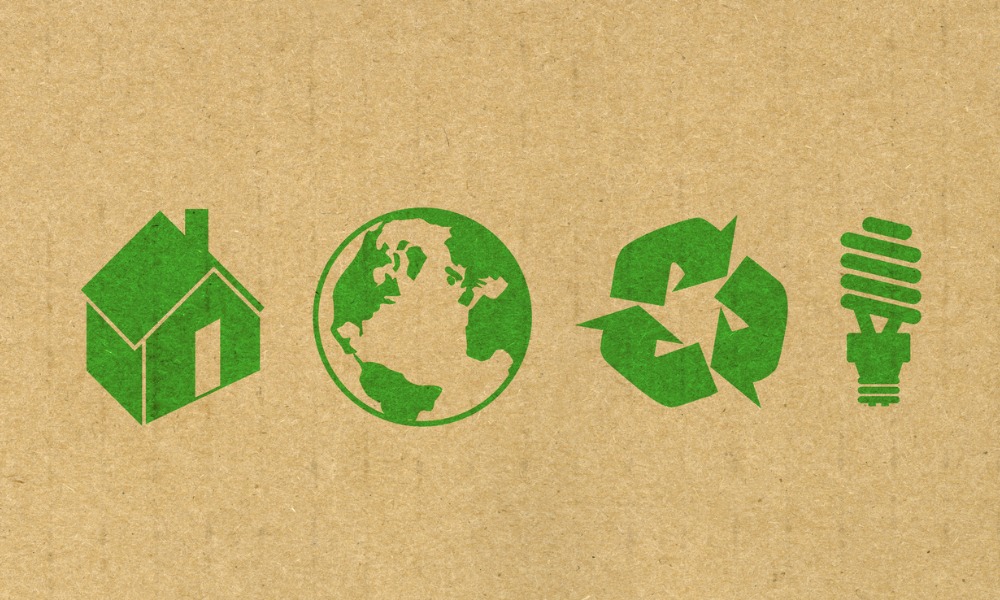With new technologies and sustainability key post-pandemic topics, OHS pros need to learn how to balance the two

Here at COS, we have spoken at length about the impact of tech advances on the OHS sector and how the pandemic has broadly accelerated the adoption of tech in various industries.
In a roundtable last year, industry leaders told us that they expected that this would continue after the pandemic, with even more developments in the tech sector. Workplace health and safety, they said, could be greatly improved by advances such as virtual reality, connected devices and artificial intelligence (AI).
In a webinar organized by IP Osgoode in collaboration with the Henry Radzyner Law School, a panel of experts weighed in on the environmental implications of AI developments in the last few years. AI can be a double-edged sword; it presents many benefits but the energy it requires could have a drastic impact on our carbon footprint.
And this is essential, because as well as tech, sustainability has been a key topic of discussion recently – both in the OHS sector and across other industries too.
Focus on youth workers
In a keynote speech, David Piccini, Ontario’s newly appointed Minister of Environment, Conservation and Parks said: “These issues are transformative,” and highlighted the important work that the province’s agriculture community is doing in helping bring about a sustainable future.
This is important because agriculture is one of the most dangerous professions in Canada. Being able to implement sustainable goals while promoting safety will be a must for many other industries.
“To achieve these goals, we’ve got to think big,” said Piccini. “AI and machine learning can play a big role in understanding climate change,” but we also have to look into its impact on the environment, he says.
This focus on sustainability is also a focus on young workers. Businesses and governments need to engage the next generation in the decision-making process when it comes to bringing focus on the environment, said Piccini.
Shaking up the status quo
In a panel session and a Q&A after, participants highlighted the utility of AI. For example, Andrea Roszell, Director, Energy, Sustainability & Infrastructure, Guidehouse, said that AI could help better manage key sectors such as utilities – another sector where worker safety is a huge area of concern.
Dr. Audrey Lee, Senior Director of Energy Strategy, Microsoft, said that if AI is applied ingenuously then it can really help shake up the status quo.
OHS professionals will have to balance the usefulness of AI with their sustainability mission. A delicate balancing act, but one that can be aided by data.
Indeed, among other key issues discussed, the panelists also made sure to spotlight the importance of data – “data is the new fuel for AI,” said Dr. Aviv Gaon of the IDC Herzliya. Having access to data is also a bigger and bigger part of workplace health and safety when it comes to evaluating outcomes and optimizing health and safety. Nevertheless, said Neetika Sathe, Vice President, GRE&T Centre, Alectra Inc., data needs to be used in a very ethical and transparent manner.





